With thousands of new nonprofit organizations springing up each year, the competition for grant funding has become increasingly stiff. In order to successfully obtain grant funding, you need to write a professional yet compelling application that will stand out from the crowd—an endeavor which cannot simply be “thrown together”. Writing a grant proposal is a process which takes planning, research, review, and commitment, as outlined in the six steps below:
1. Research, Research, Research
Be prepared to do your homework: Spend 2-3 months researching potential grant agencies, noting details like their specific criteria, the due date for applying, the sums offered by each, and who the agencies have granted to in the past (if they have granted to organizations similar to yours, your odds of success are likely higher than if they have not). Pick just 2 or 3 agencies to apply to; selecting only one agency is risky, but selecting too many will generate more work than you can likely handle. It’s imperative that you not spread yourself too thin and reduce your level of focus. Likewise, never try to write a grant in only a few weeks; rushing a proposal will lead to costly mistakes.
Once you have selected a few agencies, call them; introduce yourself, talk briefly about why you want to apply for a grant and ask for suggestions on how to draft a successful proposal. You will often get a list of truly helpful “dos and don’ts” from the person on the other end of the line – remember that it’s his or her job to connect people with grant money, so he or she wants you to succeed.
2. Review your Application
Once you know what the agencies are looking for, gather all outside materials you need, such as a budget, letters of support, and so on. Read the application over at least three times, checking to make sure you meet all of the criteria.
3. Gather any Documents you Need
You’ll need to provide different pieces of information to support your grant, such as a budget, mission statement, photographs and videos, and letters of support (from community members, your city council, or Bureau of Assembly). Note any information you are still waiting for, such as cost estimates for elements of your project.
4. Write the Grant
Don’t wait to get all the estimates before writing the grant; get started after doing the prep work outlined in the prior steps. Break the task down into manageable chunks; grant proposals often run many pages long, and you need to keep things organized lest the application should become unfocused and unreadable. Note that there may be certain parameters to follow as well, such as how many words you can write per question.
Avoid redundancy at all costs; questions may seem similar at first glance, but they are not. Each has a unique context and merits a thoughtful answer. Remember that there’s a difference between your mission, who you serve, and how you will serve—have these details clear in your mind and spend time assessing how they apply to each question.
Always edit your proposal thoroughly, and then have someone else read it over to catch any errors you missed and give you their overall impression of the proposal’s impact. Do a final edit for grammar as well, removing yourself from matters of style and tone to look at the technical details of the application.
5. Submit the Application
This is the “presentation stage”; write a cover letter addressed to a specific person (a Dear Sir or Madame), express your enthusiasm for your project, your gratitude, and explain who you are. Label everything to make it easy for those reviewing your grant to find whatever information they are looking for, and follow any specific criteria about whether to staple the application or not, use paperclips or not, what color of ink you should use, etc. Send the application in a large envelope to ensure a professional presentation with no folded or creased paper.
6. Follow Up
Not all grant agencies will give you confirmation that your grant proposal was received, and even if they do, it’s often a good idea to call and check in. Though doing so, you can ensure that nothing in your application has gone missing, that everything received is up to par, and you also convey that you are serious about obtaining your grant. You in essence further the human connection that you made with your first phone call, keeping it current. Be sure to follow up the conversation with a polite email; thank them for the conversation and offer your email address as a contact should they have any questions or comments in the future.
At all times when writing your grant proposal, you should know what stage you’re in; this will keep you on track to meet your deadlines (especially if you’re writing multiple grant applications at once), help you produce better content, and greatly enhance your overall odds of success.


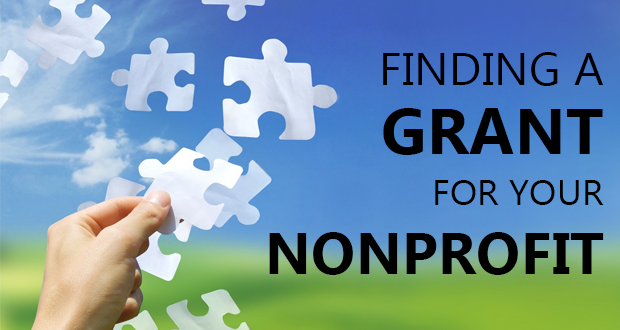
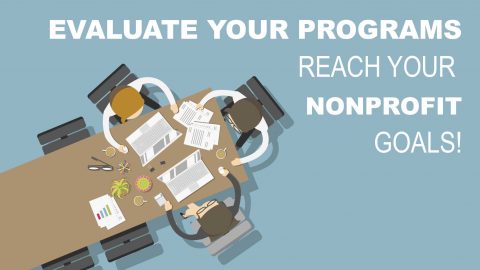
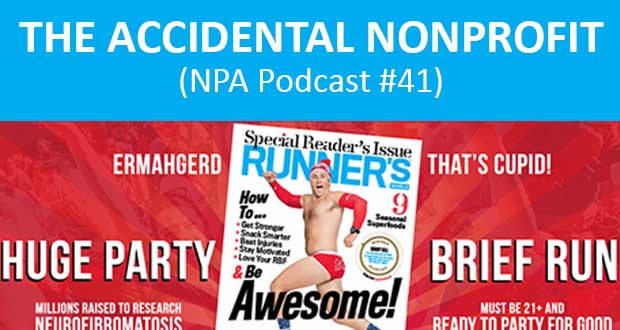
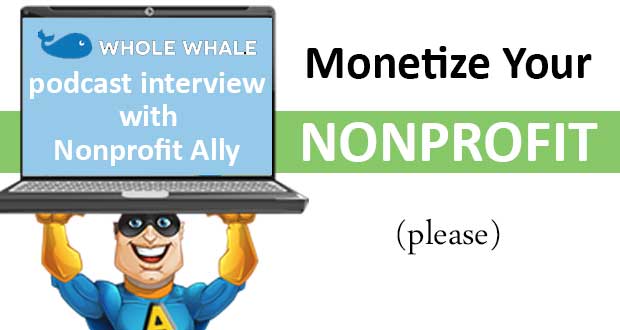
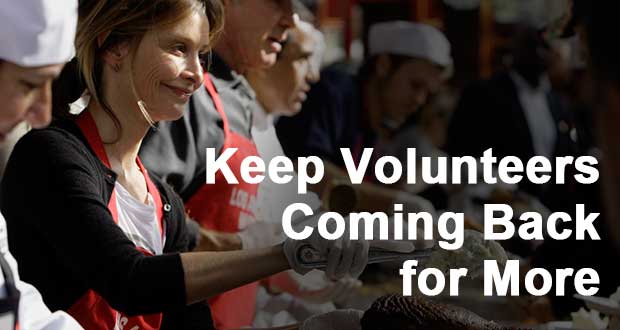

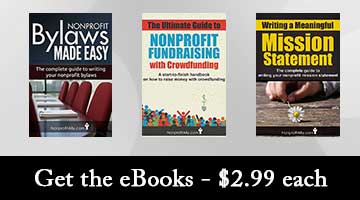
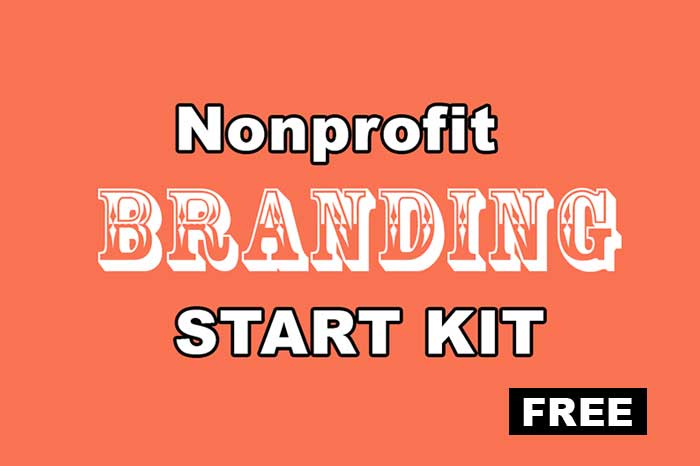
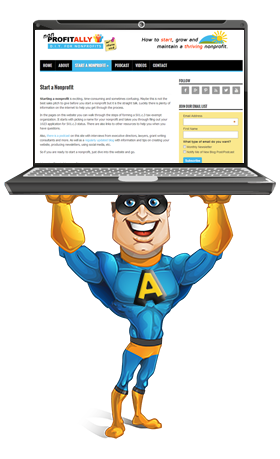
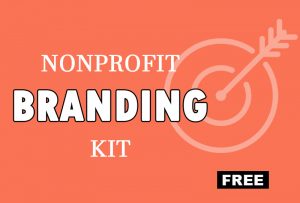


Comments are closed.
This information and video was fantastic. I want to know more about story writing for grants which will help me. So far my grant writing success is good but it could be better. Thanks heaps for your help.